A Red Harvest Failure on the Moon
In early 2024, NASA’s long-awaited lunar greenhouse pilot project—officially known as the Lunar Agricultural Biostasis Initiative (LABI)—marked a historic first: the successful germination of tomato seedlings inside a sealed chamber on the Moon’s southern pole. Tucked within a cargo module near Shackleton Crater, the crops represented a symbolic and scientific leap toward sustainable long-term habitation. But less than 17 Earth-days later, the greenhouse’s internal sensors reported a sharp decline in plant cell respiration, followed by widespread necrosis across all rows of vegetation.
By the end of that lunar cycle, all twelve tomato plants had withered. Analysis pointed to a common enemy for any form of life attempting permanence beyond Earth’s magnetic shield: cosmic radiation.
The Unforgiving Environment Beyond Earth
Unlike Earth’s surface, the Moon has no magnetic field to protect its surface from high-energy particles streaming from space. Solar particle events (SPEs) and galactic cosmic rays (GCRs) bombard any exposed biological system with relentless intensity. Even in carefully designed pressurized greenhouses, radiation passes through most transparent shielding materials and interacts with living tissues at a cellular level—damaging DNA, interfering with photosynthesis, and weakening plant metabolism.
NASA’s greenhouse used multi-layered polycarbonate windows and an inner aluminum shell. While these provided mechanical protection and some ultraviolet filtering, they were insufficient against high-energy particles. Internal dosimeters recorded radiation exposure levels that exceeded thresholds previously established during experiments on the International Space Station (ISS).
Though temperature, hydration, and pressure were nominally stable, the plants failed to maintain osmotic regulation and began displaying stress markers typically associated with acute gamma exposure. The verdict was clear: without advanced radiation shielding, no leafy crop would thrive for long on the Moon.
Quantum Breakthrough: China’s Thin-Film Shielding Innovation
While NASA teams scrambled to diagnose the failure, Chinese scientists at the Chang’e Advanced Materials Laboratory in Wuhan unveiled a breakthrough that might change the game. Their “quantum shielding membrane,” developed for use on future lunar habitats and spacecraft, is a multilayered composite built from nanostructured boron nitrides interlaced with photonic crystals that reflect specific radiation wavelengths while maintaining light transparency.
In February 2025, a joint test aboard the Tiangong orbital platform subjected this thin-film sheet to sustained radiation flux approximating lunar surface exposure. Early results were promising: test crops shielded with the material showed 65% higher chlorophyll density and 80% less DNA mutation compared to unshielded samples.
This Chinese innovation not only captured the attention of NASA, but also SpaceX and ESA. The thinness of the membrane—just under 2mm—makes it ideal for integration into greenhouse dome structures without compromising transport volume or mass efficiency.
China has since patented the tech under its national space agency, but international licensing talks are underway for non-military agricultural use. For now, it represents the most viable candidate in a new arms race of biological shielding—one not driven by weapons, but by cucumbers, lettuce, and tomatoes.
SpaceX Steps In: New Seeds, New Soil, New Approach
Never one to let a technological failure halt forward momentum, SpaceX quietly announced that its upcoming Artemis-linked cargo resupply module—set to launch in Q3 2025—will include an updated greenhouse capsule co-developed with the private agriculture startup GreenOrbit. The initiative, called the Mars Root Readiness Program, aims to test newly bioengineered seed variants developed to tolerate higher radiation levels, short daylight cycles, and mineral-poor substrates.
These “Gen-R” seeds have undergone accelerated mutation cycles via CRISPR and radiation stress simulations in Earth orbit. They include compact dwarf tomato vines, ultra-dense lettuce, and a novel strain of nutrient-rich purple radish designed for high-iron lunar regolith blends. All seeds are encapsulated in a starch-based gel matrix designed to reduce water loss and protect during germination.
The experiment will also trial a modular shielding solution—incorporating elements of the Chinese quantum membrane into a hybrid polyethylene and boron plastic shell. NASA is observing closely but has opted to run its own parallel trials at the Kennedy Space Center lunar simulator dome.
GreenOrbit claims that even partial shielding—combined with resilient seed engineering—could extend crop viability from 10 to 30 lunar days. If proven, the model could be a key component of SpaceX’s broader Mars colonization blueprint, where similar radiation conditions persist.
Radiation: The Final Agricultural Barrier
What makes cosmic radiation particularly insidious is its dual impact: it harms not only plants but the very cellular scaffolding upon which microbial life and root systems depend. On Earth, the biosphere is a delicately shielded greenhouse of its own, enveloped in layers of atmosphere and magnetosphere. The Moon, by contrast, is a barren exposure site.

Photosynthesis relies on precise electron movements within chlorophyll molecules. High-energy radiation disrupts this delicate chain by inducing ionization and free radical formation, breaking down essential proteins and cellular membranes. Even in dormant seed states, radiation exposure can lead to unpredictable germination outcomes and stunted growth.
Until lunar greenhouse structures offer the same biological protections as Earth’s natural layers, we are effectively attempting agriculture inside a microwave oven. The focus, then, is split between creating better “walls” and evolving hardier “guests” to withstand the heat.
Agriculture Meets Diplomacy on Lunar Soil
The race to cultivate crops on the Moon has become more than a scientific or commercial endeavor—it’s a demonstration of soft power. Nations and private firms alike see lunar farming not just as a matter of survival, but prestige.
The United States wants to feed its Artemis crews with home-grown salad. China wants to establish semi-autonomous bio-domes to support a permanent south pole presence. Europe’s ESA is piloting its own robotic gardening experiments, and India’s ISRO is reportedly planning to send chickpea samples in its next lunar orbiter.
Each successful sprout becomes a flag of innovation. Each dead tomato a reminder of Earth’s privilege.
Lessons from the Failure: A Necessary Step Forward
NASA’s tomato failure is being hailed internally not as a defeat, but as a critical learning opportunity. For the first time, space agriculturalists had a full biological arc—planting, nurturing, decay—recorded in an extraterrestrial environment. The data will inform everything from shielding composition to seed design to water retention strategies.
Importantly, it shifts focus from traditional Earth-optimized methods to more radical approaches. Lunar agriculture will never replicate terrestrial farms. It will require hybrid solutions—part tech, part biology, part imagination.
The question is no longer “Can we grow food on the Moon?” but “How far are we willing to change the definition of a plant, a greenhouse, or a harvest?”
Conclusion: A New Era of Bioengineering Among the Stars
With each attempt to farm on the Moon, we are redefining agriculture as an interplanetary art form. The combination of next-gen shielding, genetically customized seeds, and cross-border collaboration will likely determine the success of future off-Earth ecosystems.
Radiation is the first great adversary in space farming. But it may also be the catalyst that pushes plant science beyond anything imaginable on Earth. Tomorrow’s Martian settlers may thank yesterday’s wilted lunar tomatoes for blazing the trail.









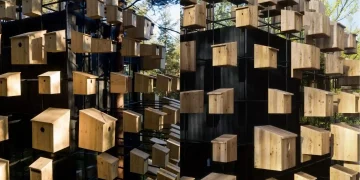









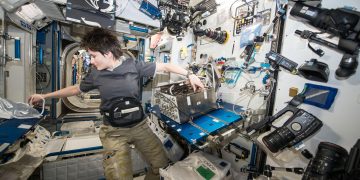
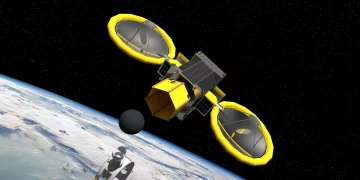
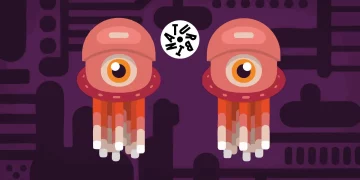





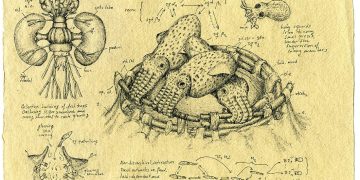







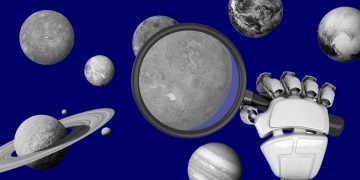

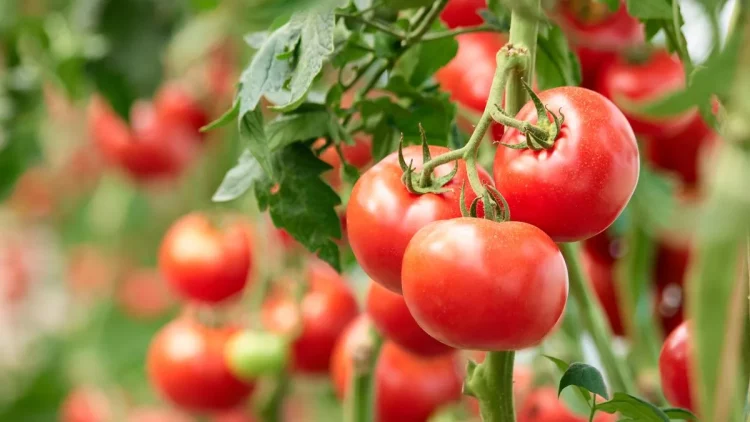












Discussion about this post